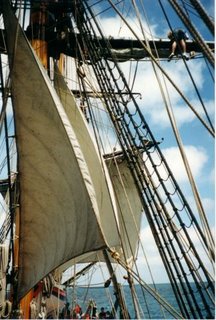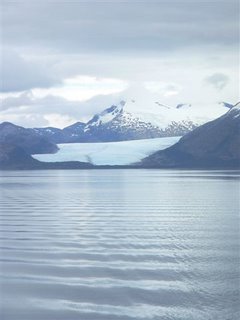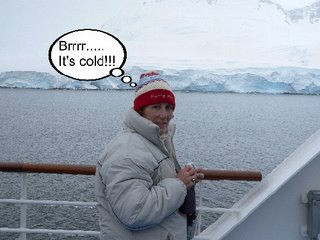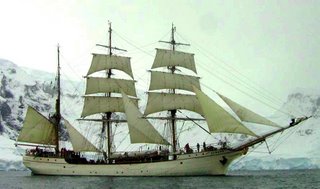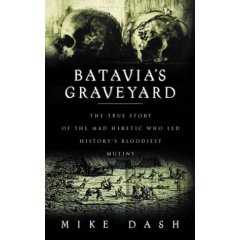
Though Captain Cook is credited with discovering Australia, Dutch trading ships had been sailing a course parallel to the continent’s west coast for almost 200 years. Of those ships, several had been lost off the uncharted coastline.
Mike Dash’s, Batavia’s Graveyard, is the true story, told in narrative form, of the worst civilian maritime massacre ever recorded.
In the autumn on 1628, the East Indiaman, Batavia, the largest and newest ships of the Dutch East India Company’s fleet set sail from Holland loaded with a King’s ransom in gold, silver and gems. She is bound for Java on a route which carries her close to the coast of the yet uncharted continent of Australia.
On board is Jeronimus Cornelisz, who during the voyage plots a mutiny with the Captain and other members of the crew.
When the ship is wrecked and the Company’s Agent sets sail in an open boat to seek help. He leaves over 200 survivors on the islands without water food or shelter.
In order to secure his survival, Cornelisz seizes control and begins to systematically kill the survivors. Without tainting his own hands, he forces his henchmen to hack to death more than 120 of men, women and children.
Batavia’s Graveyard is no fiction story. It is a poignant and chilling true re-enactment of the events which took place.
And it is said that if you happen to land at Houtman's Abrolhos, the tiny uninhabited archipelago just off Australia's west coast today, you can still find the sun-bleached bones of the victims.
Evocative, unbelievable and certainly unforgettable.
Batavia’s Graveyard by Mike Dash (2002)
